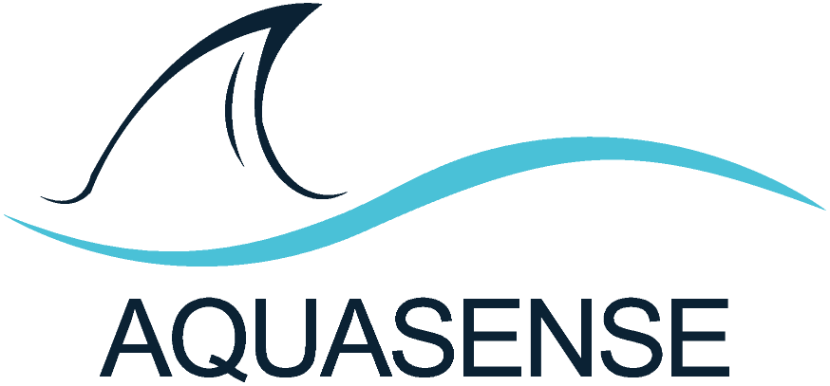AQUASENSE
|
|
Objective
The deterioration of water quality, caused by climatic/seasonal changes, or industrial waste etc. is a major global concern. Over the last decade, water quality observing technology has risen to the challenge of scientists to identify and mitigate poor water quality by providing them with cost-effective tools that can take measurements of essential biogeochemical variables autonomously. Yet, despite these options becoming more readily available, there is a gap between the technology and the end-user (including the investigators and technicians that deploy these technologies) due to a collective lack of training, in-depth knowledge, and skilled workers who can meet new and emerging challenges. There is also a disconnect between data quality, data gathering by autonomous sensors and data analysis, which is a major obstacle, as the sensors are already being deployed (e.g. through buoys, boats etc.). AQUASENSE will address these challenges through 15 early stage researchers (ESRs), who will receive 540 person-month of unparalleled multidisciplinary training in the field of water quality monitoring. Each ESR will be mentored by carefully selected experts from academia and industry in 9 European countries (UK, Germany, Ireland, Serbia, Sweden, Italy, Poland, Austria, Estonia) and will have access to state-of-the-art equipment to develop autonomous sensors for improved data quality. The autonomous underwater robots and drones will be used to improve the data gathering and AI methods will be used to improve the data analysis. Hands-on project training will be supplemented with formal training courses in relevant fields such as new materials, sensors fabrication, wireless communication, system integration, and robotics, and a variety of complementary courses such as IPR, grant writing and exploiting the scientific results. Mobility within the network will ensure exposure to complementary academic and industrial research environments.



